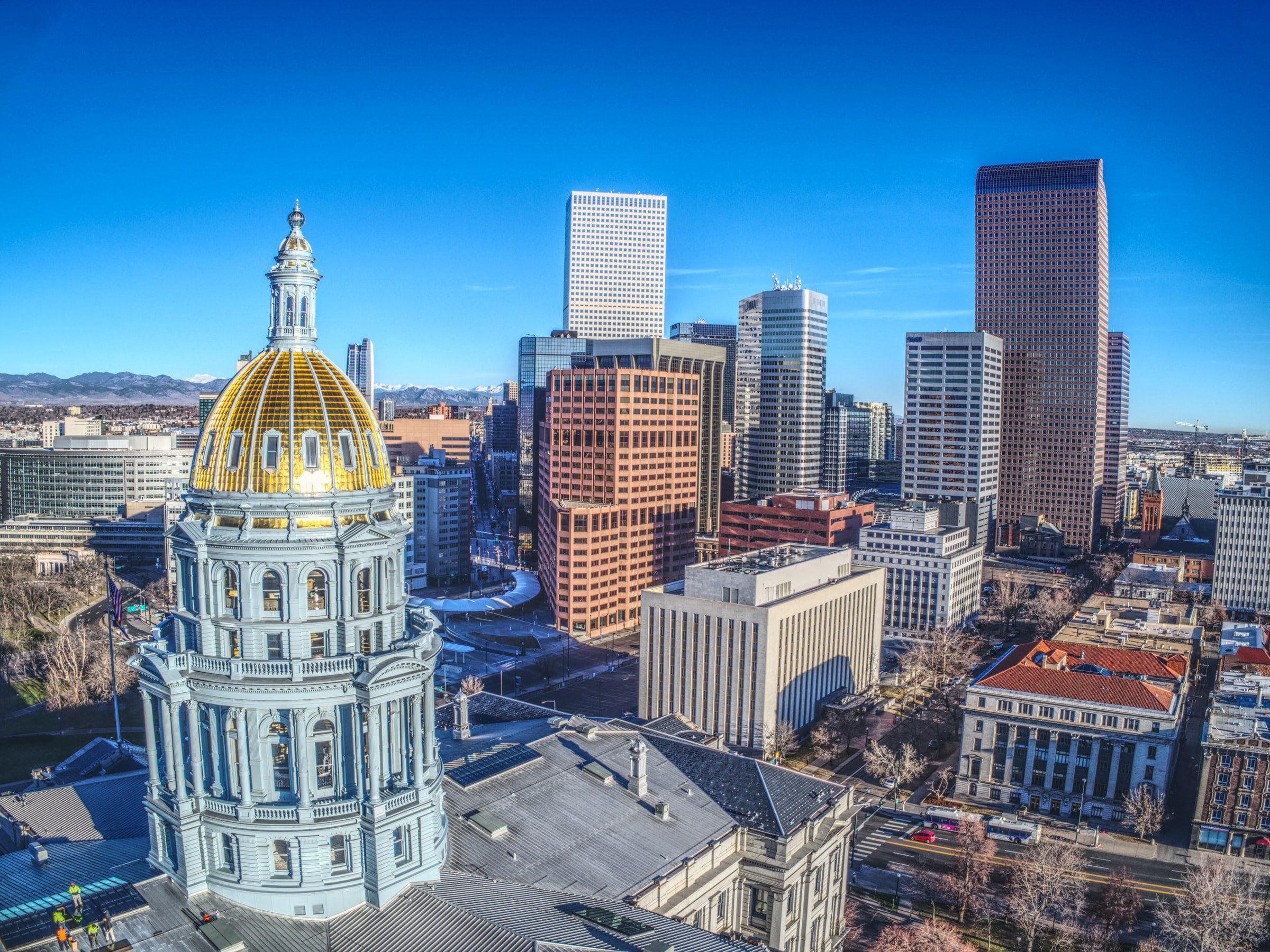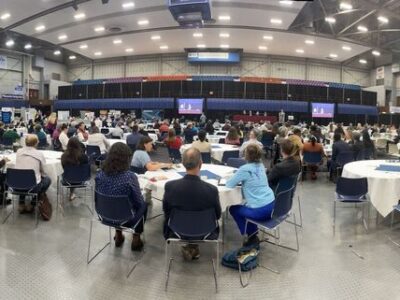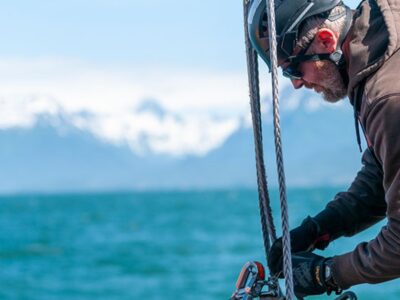As negotiations over the current administration’s trillion-dollar infrastructure bill continue to make the rounds through the chambers of Congress, states like Colorado are faced with some interesting choices. With an incoming windfall that is anticipated to be in the billions, lawmakers in the capitol, Denver, will have much to discuss about exactly where these allocated federal dollars should be doled out and which areas of need qualify as part of the umbrella definition of infrastructure. Though nothing is set in stone, it can be reasonably assumed that the most significant chunks of funding will be dedicated to the repair of state roads and bridges. However, debates have yet to conclude how much funding will go towards upgrades in the state rail system and renovations to landmarks, like the Eisenhower-Johnson Memorial Tunnels.
Current estimates put the dollar total of allocated funds at around $4-5 billion. Whatever the official amount, the federal investment in Colorado will prove to be at worst significant and at best a once in a generation moment. However, there are several billion-dollar overarching federal grant programs available to all states based on greatest need. According to White House calculations, Colorado qualifies for additional funding, and the number could be several billion dollars greater than initially expected.
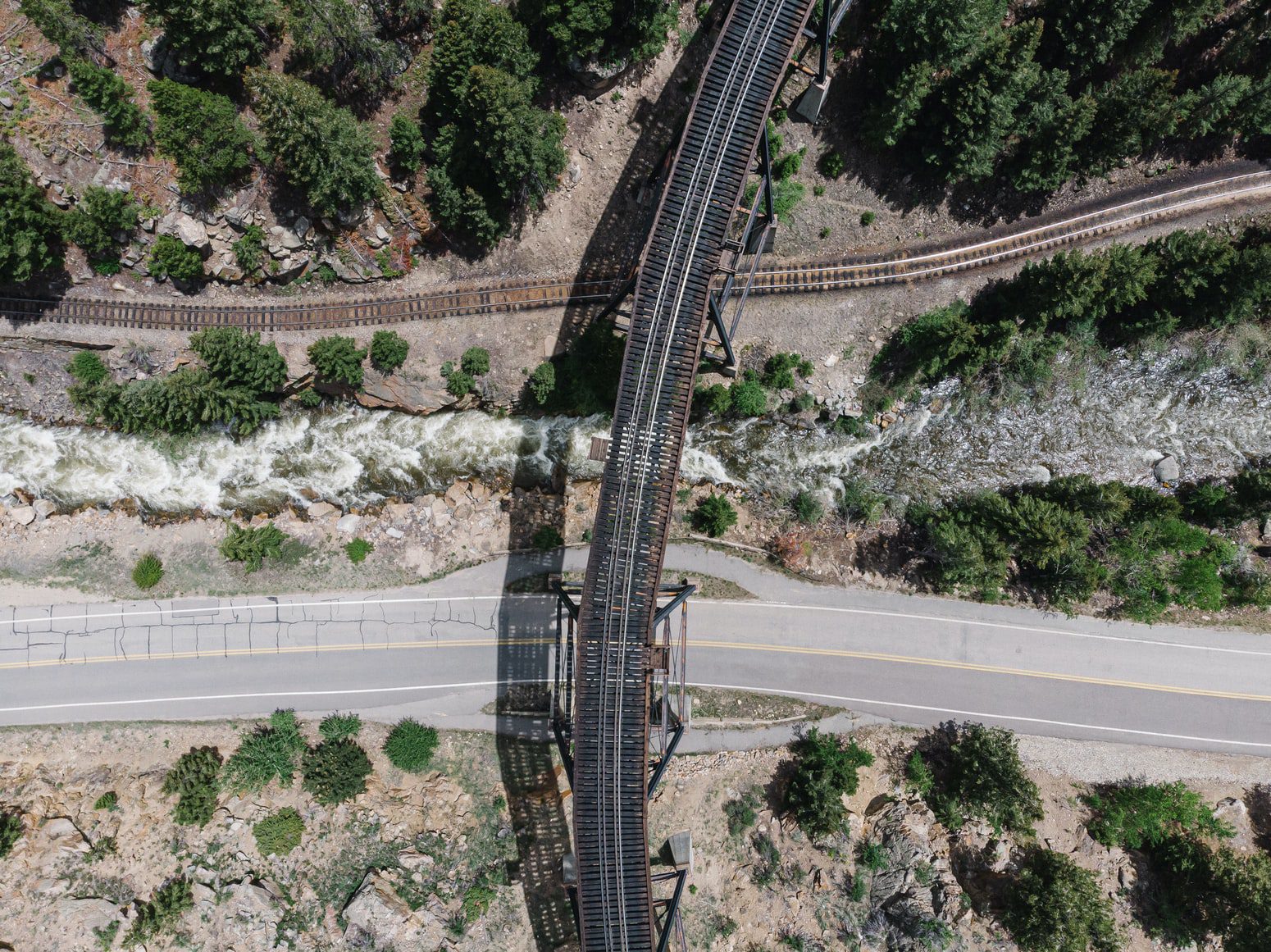
Roads and bridges within the state are set to receive by far the most funding at an estimated $3.7 billion. In addition to that sum, another $225 million is anticipated for further bridge repairs and upgrades over the next five years, bringing the total just shy of $4 billion. Beyond this, the state is eligible to compete for grants through several programs, including the $12.5 billion Bridge Investment Program reserved for bridges deemed “economically” significant to the state and country, as well as a similar $16 billion program reserved for large projects expected to “deliver substantial economic benefits to communities.”
After roads and bridges, the next priority for the administration is public transportation. While commuting via buses and trains is both an economically and environmentally responsible method of getting from point A to B, there are obvious drawbacks from a quality-of-life standpoint. Colorado residents who use public transportation have commute times almost 75 percent longer than their driving counterparts.This makes an already long workday even longer and even can have financial implications for commuters. It is an issue that disproportionately affects minority communities, as non-white households are 1.8 times more likely than white households to use public transit for their daily commute. Based on current estimates, as much as $916 million is being set aside for improving the quality and efficiency of public transportation options in Colorado.
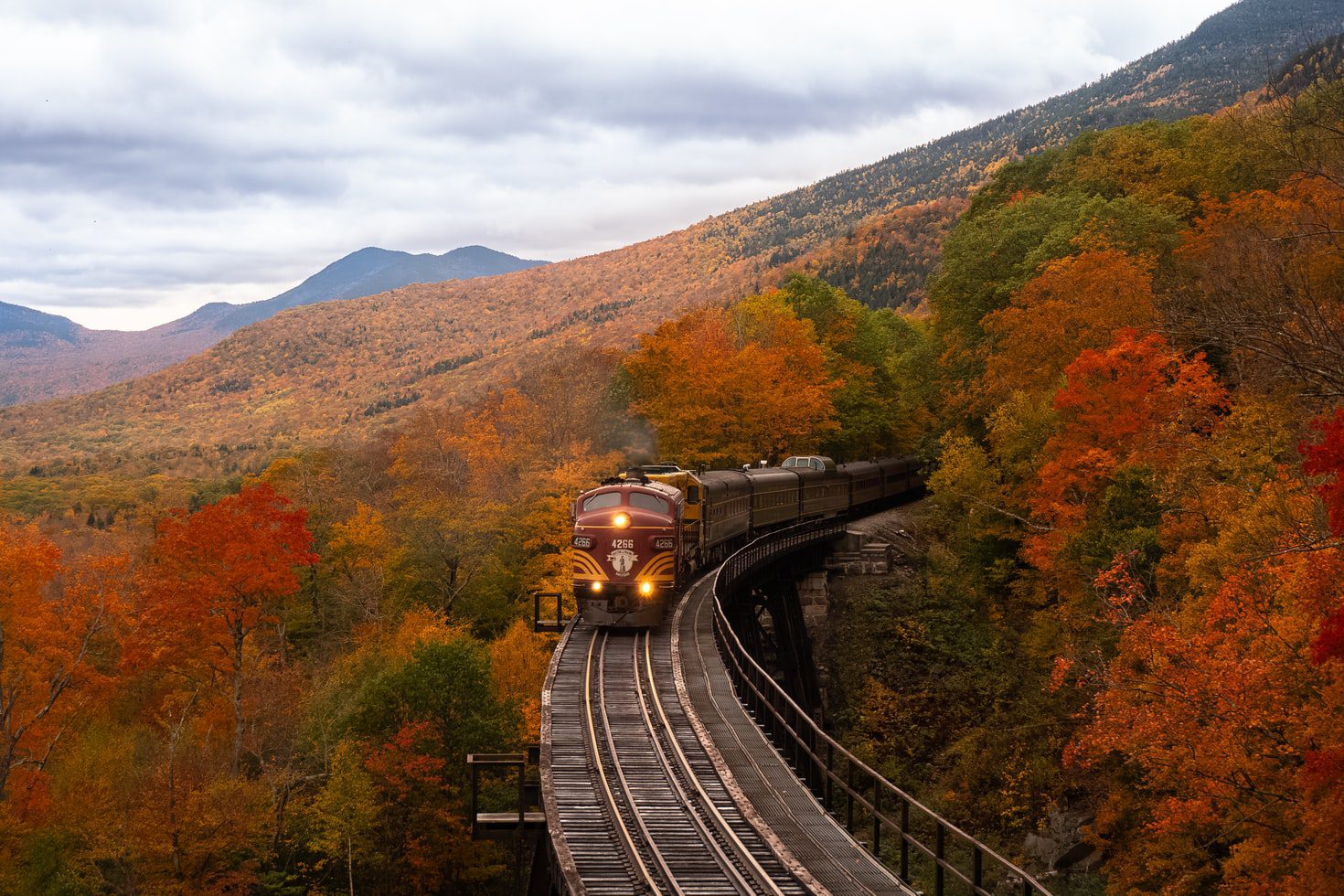
While the final numbers are yet to be confirmed as negotiations are still ongoing, it is expected that specific infrastructure projects will be determined based in part on community feedback. “Most people complain about C-470… about central Denver, and the area around Speer Boulevard right into the central part of the city,” said Jayson Luber, traffic anchor for Denver 7. “I hear a lot about I-270 around Vazquez—it is really awful in that area.” Estimates by the Colorado Department of Transportation put the costs of repairing both the I-270 and Vazquez Boulevard at just over $600 million.
Governor Polis also has some ideas which include upgrades to the state rail system, which through reductions in traffic would be expected to benefit the state through lower emissions as well as bring a positive economic impact. But the state doesn’t plan on stopping there. “We could make the full fix to the critical Floyd Hill spot on I-70 between Denver and the Front Range and our mountain recreation areas,” says Conor Cahill, spokesperson for the Governor’s office. “We could address safety issues, reduce traffic and stand up a specialized transit service for the mountains—and do it all at once,” Cahill further commented.

